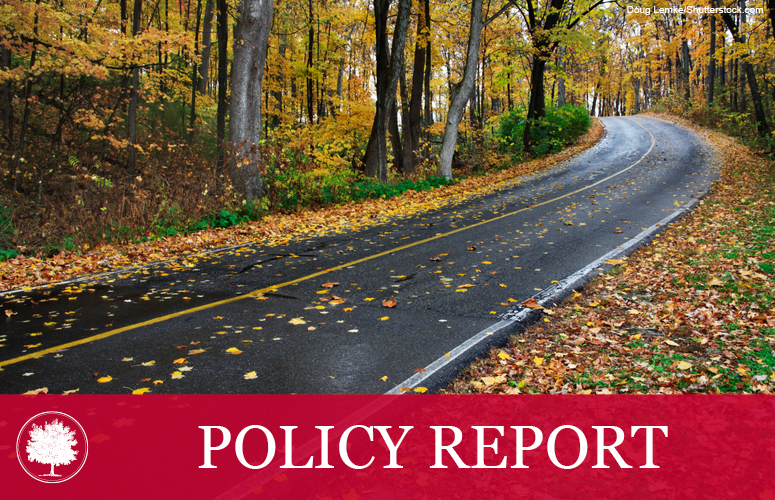Revenue Sharing Reform: On the Road to Ohio’s Recovery
Sep 04, 2014
By Greg R. Lawson
Summary
There has been a great deal of discussion about cuts made by the Kasich Administration and the General Assembly to revenue sharing programs that redistribute state dollars to local governments. Critics of the cuts maintain that they are too severe and will disrupt various government services.
The critics’ concerns, however, miss the mark for several reasons:
- Local government tax revenues, particularly municipal income and county sales tax, have been increasing, not decreasing as the critics would have us believe. Aggregate municipal income tax revenue rose by $230 million in 2012, and aggregate county sales tax revenue increased over $80 million in 2013. In both cases, only a handful of local governments implemented new taxes or raised rates.
- Nine out of ten Ohio counties have a sur- plus in unassigned General Revenue reserve funds greater than the 5% reserve that the state must maintain in its “rainy day” fund. Nearly 90 percent of municipalities do as well.
- Ohio’s Local Government Fund (LGF)—one of the state’s redistribution programs subject to recent cuts—represents a very small percentage of what the state spends supporting local governments; roughly 2.5 percent of the $13.6 billion expected to be spent in 2014. Even before any of the Administration’s revenue sharing cuts, the LGF was less than 5 cents of every dollar in total state support for local governments and a little over 1 percent of total local revenues.
Ultimately, the long-term fiscal health of the state’s local governments will be determined by Ohio’s economic growth, not by perpetual state subsidies or the redistributive preferences embodied in revenue sharing. By slowly beginning to reform Ohio’s revenue sharing system, Ohio policymakers are embracing a new approach to government spending that will empower local taxpayers to assert greater control over local decisions and facilitate local governments re-thinking how they operate. Over time, this shift should lead to more fiscal discipline from government at every level, and more space for the private sector to create the economic growth and opportunities Ohio needs.
Click here to download the full report: Revenue Sharing Reform: On the Road to Ohio’s Recovery
